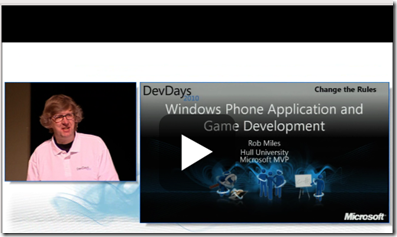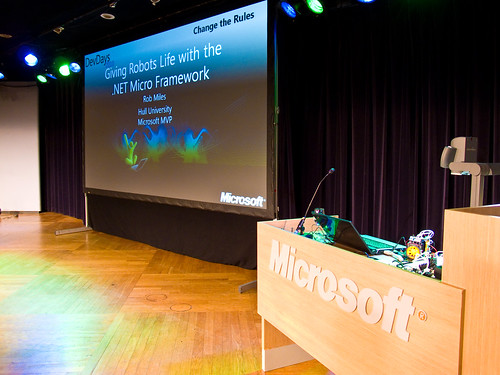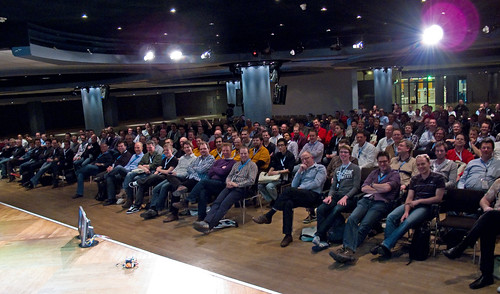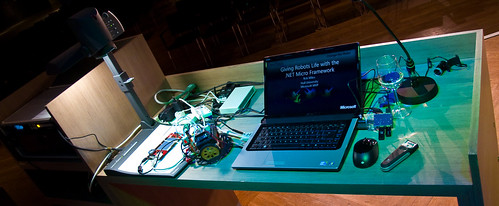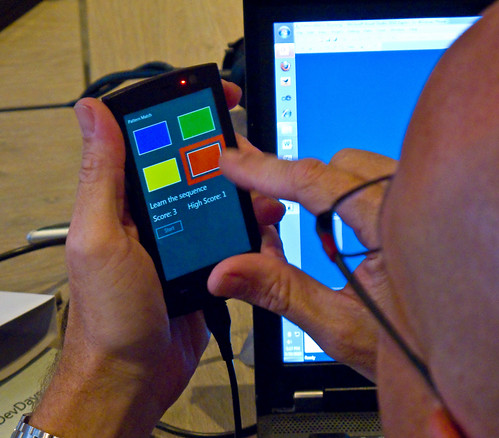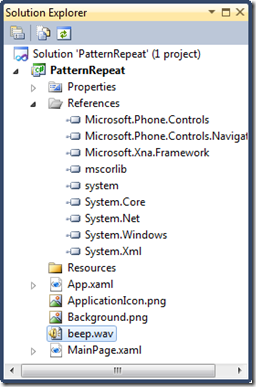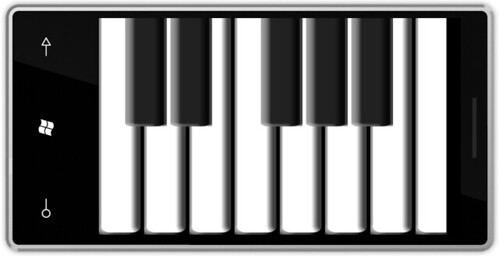VS 2010 Windows Phone Refresh
/A student gave me a Mars Bar at the end of my last lecture of the session. It is kind of a running joke thing, in that I keep promising the class Mars Bars and never delivering. Anyhoo, thanks very much. It was delicious.
The next version of the Windows Phone 7 CTP is now available for download. This version plays nicely with the release version of Visual Studio 2010. Some folks have been reporting fun and games updating but, for some reason, my update went fine. The only issue I’ve hit is when opening an old Windows Phone project I was told I needed to add some lines to one of the configuration files. Unfortunately the lines can’t be copied out of the message for some reason, so if you need them you can cut them from here..
<Capabilities>
<Capability Name="ID_CAP_NETWORKING" />
<Capability Name="ID_CAP_LOCATION" />
<Capability Name="ID_CAP_SENSORS" />
<Capability Name="ID_CAP_MICROPHONE" />
<Capability Name="ID_CAP_MEDIALIB" />
<Capability Name="ID_CAP_GAMERSERVICES" />
<Capability Name="ID_CAP_PHONEDIALER" />
<Capability Name="ID_CAP_PUSH_NOTIFICATION" />
<Capability Name="ID_CAP_WEBBROWSERCOMPONENT" />
</Capabilities>


